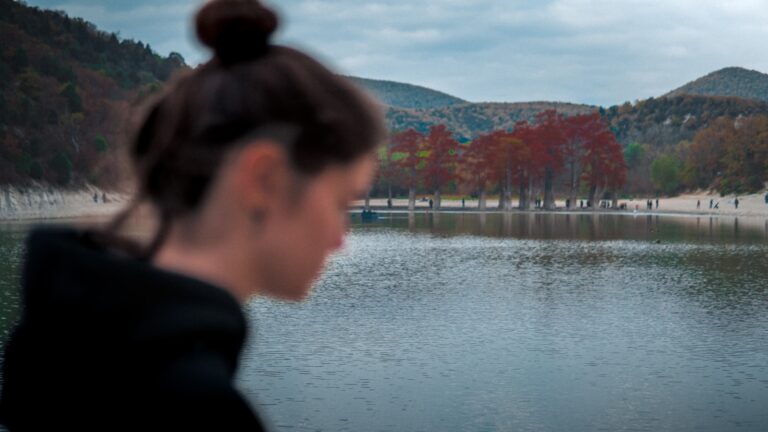AS IF I MEET GOETHE
Not far from the square is the Goethe House-Museum, a must-visit and a place where I lingered for quite a while.For what reason? Read on, and it will become clear.

Besides tourism, Frankfurt is also a place to learn more about Goethe, the great German writer and poet, who left behind two wonderful works that anyone who loves literature in general cannot miss.
John Wolfgang Goethe, born in 1749 and died in 1832, lived in this house, now a museum, throughout his youth and part of his young adulthood.
Once described by him in the autobiography “Truth and Poetry, from My Own Life,” the house of the great German poet has largely retained its original features. Thanks to this, visitors can explore a part of Goethe’s life here, the starting point of his literary journey.
In fact, the Goethe family’s house, built in the 17th century, was destroyed during World War II and was almost completely restored.The interior of the kitchen, bedroom, and living room all reflect the decorating style of bourgeois families at that time.The study on the second floor of Johann Wolfgang von Goethe’s house remains unchanged as it was when he lived here…
It was in this house that Goethe composed The Sorrows of Young Werther (In German: Die Leiden des jungen Werthers. It was also here that he studied and later composed the immortal poetry collection, more widely known as Faust.
Now, as I write these lines, after more than 20 years of coming here, it is also an opportunity to recall two of Goethe’s world-class classic works.
There have been Vietnamese translators who translated these two indispensable works from the original German. That is the translated work titled “The Suffering of Young Werther” by Quang Chiến, first published by the Literature Publishing House in 1982, and reprinted twice – in 1989 and 1999. And Faust I and Faust II, translated by Đỗ Ngoạn and Thế Lữ, were reprinted twice by the Văn học Publishing House, in 1976 and 1995.
Die Leiden des jungen Werthers – The Sorrows of Young Werther was published anonymously on the occasion of the Leipzig Autumn Book Fair in 1774. Immediately, almost overnight, this epic novel was warmly received by the public, becoming the best-selling work of the 18th century in Germany.
Later, a revised version, with some additional writing, appeared in 1787, coinciding with the 



